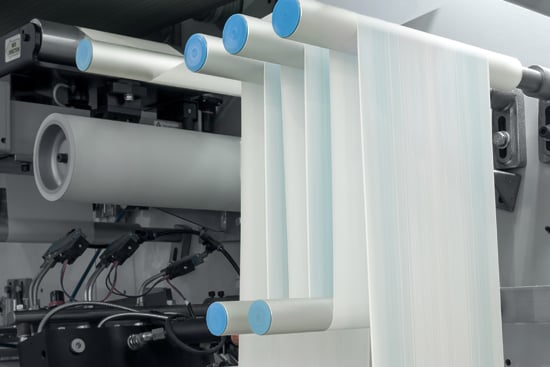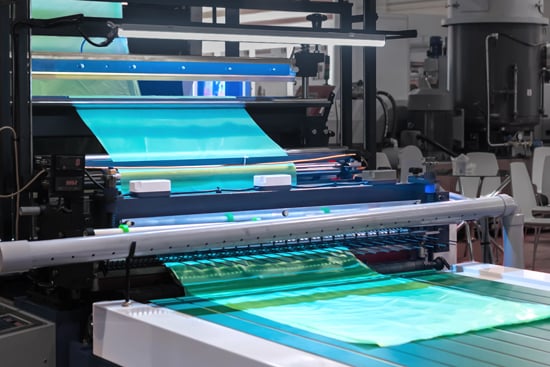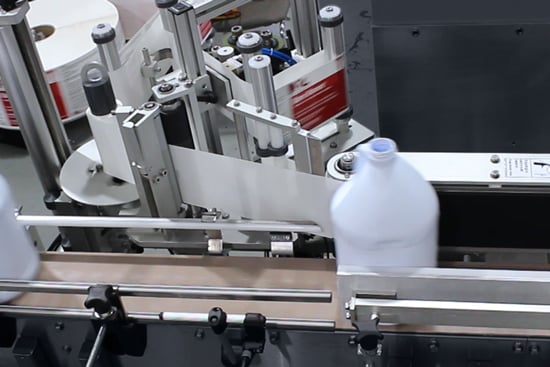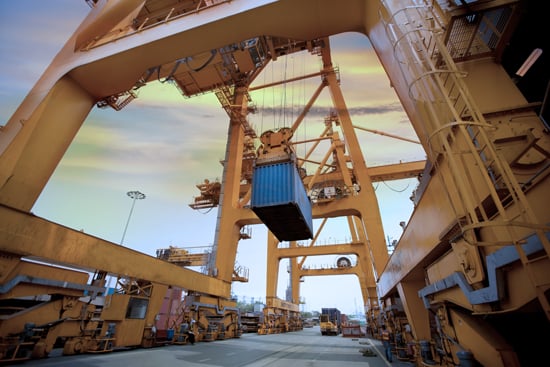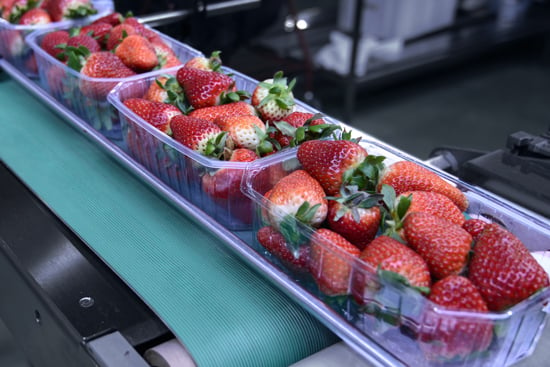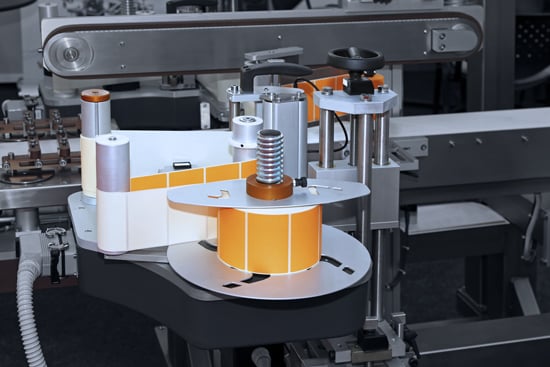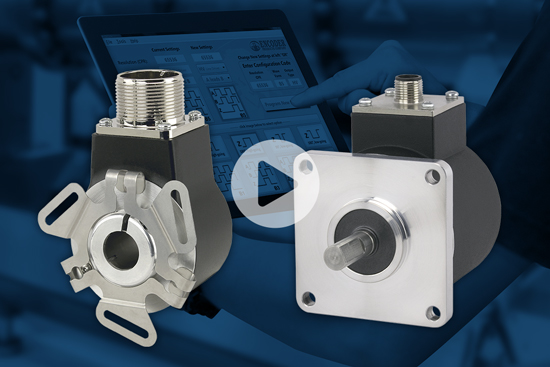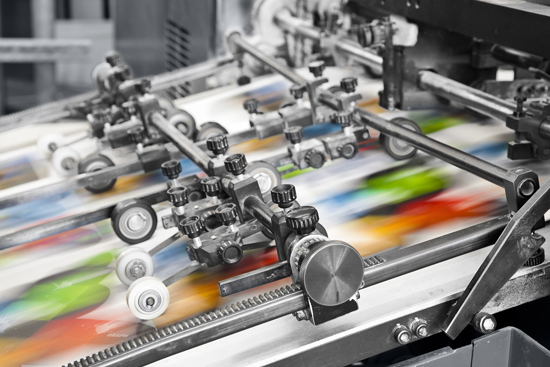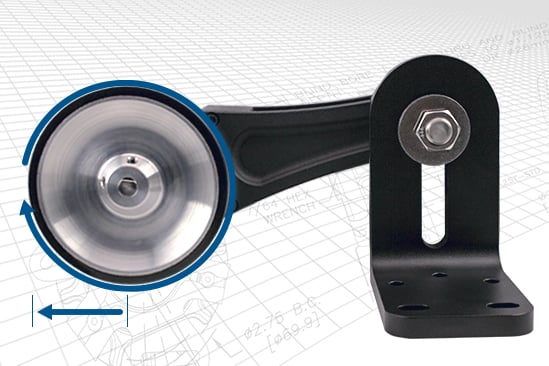Get more information
Whether you're designing, building, operating or maintaining packaging machinery, it's quite likely encoders will be involved. By reviewing potential application points for rotary encoders, you might discover your packaging line could benefit from one or more of these rotary motion feedback solutions.
Not sure which encoder solution is right for your application? Give us a call. When you call EPC, you talk to real engineers and encoder experts who can help you specify the right encoder solution for your packaging application.
For more practical examples of how encoders work in packaging applications, watch this Encoders on the Job video, and learn about how EPC encoders work in packaging applications for Litehouse Foods.
